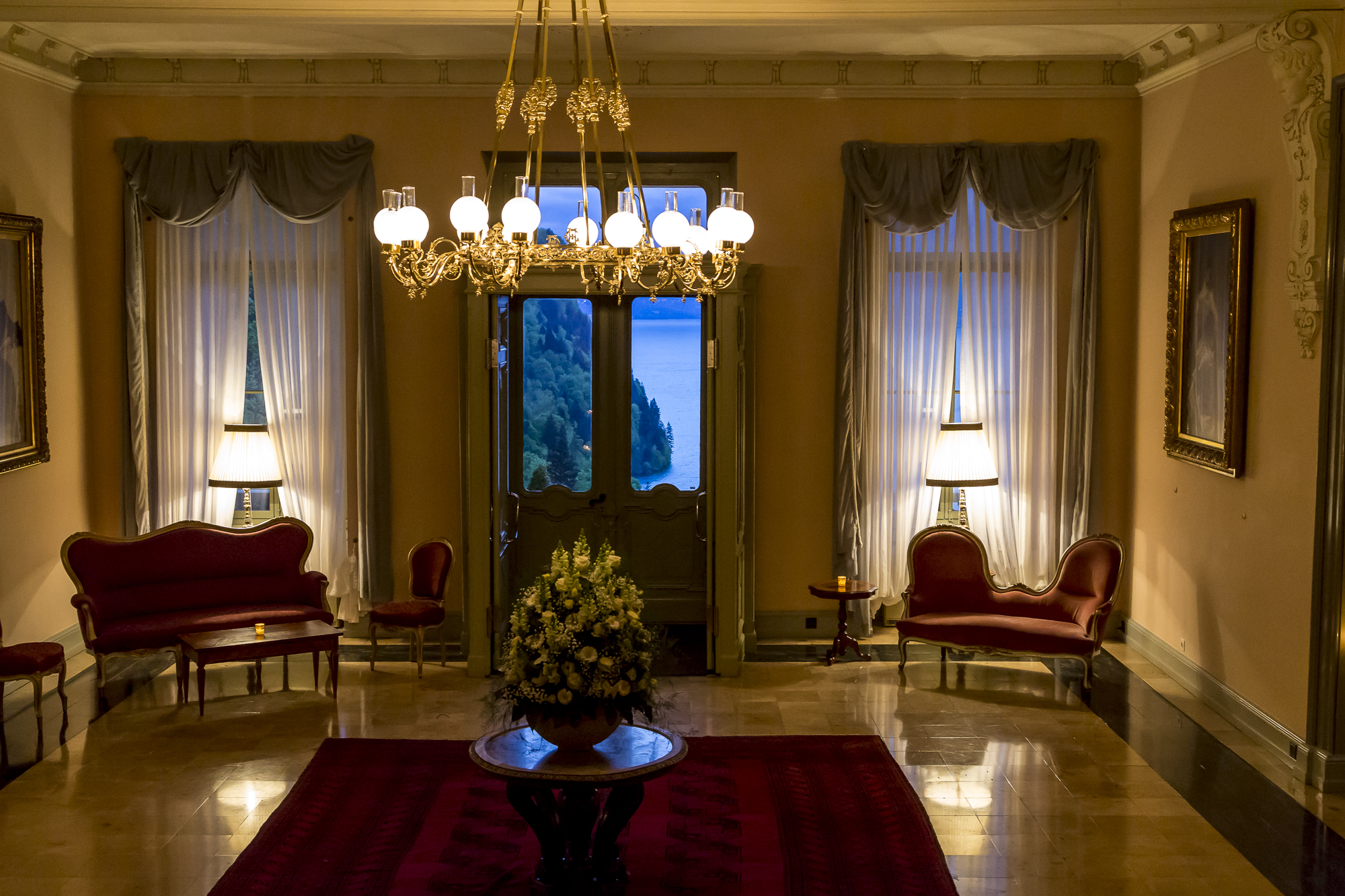
From the Lucerne Chügelipastetli to the Giessbach Falls
The funny thing about time travel is that it constantly brings back memories. Of childhood, of grandmother’s stories from the past or anecdotes from the lives of their parents. When I discover Lucerne’s Chügelipastetli on the menu in the rustic burger parlour at the Hotel Wilden Mann, I am catapulted back into my teenage years. As a birthday dinner, I always wanted Lucerne Chügelipastetli from my father, a native of Lucerne. He was always happy about it like a honey pie horse. I just skim the rest of the menu of the Burgerstube. The decision has been made – for me I have Lucerne Chügelipastetli (or correctly pronounced “Lucerne” correctly: Lozärner Chögelipatete) for lunch. I’m curious to see if they can hold a candle to my father’s. Our host Arno Affolter only says: “Good decision!”.
Lucerne welcomed us from the dreary side. And yet we started the day in the sunshine of Switzerland as if according to a perfectly coordinated script. After breakfast we had to say goodbye to Villa Carona with a heavy heart. The last stage of our journey through times gone by with Swiss Historic Hotels awaited us.
We take the bus back to Lugano and from there we take the train through the Gotthard to Lucerne. We leave Ticino behind us in bright sunshine and reach a rainy and grey northern side of the Alps at the other end of the tunnel. No wonder we can observe a sheet metal avalanche to the south from the train window.
Hotel Wilden Mann and Lucerne’s Chügelipastetli
Instead of just changing trains in Lucerne, we take the opportunity to pay a visit to the Hotel Wilden Mann. The “Wild Man” is a household name in Lucerne. It is a typical mythical figure of medieval superstition. It appears as the protector of Lucerne’s blue and white coat of arms, as a fountain figure or as a mural painting on the Schirmer Tower and the Nölli Tower – witnesses of the old city fortifications. Maybe you’ve already walked past the Wild Man. The first picture of the Chapel Bridge shows the same subject that hangs on the wall in the Hotel Wilden Mann. The “Wild Man” was first mentioned as an inn in 1517. At that time, however, no Chügelipastetli were served, they were only “invented” in the 18th century.
Almost 500 years later, the hotel is a real grab bag. The hotel complex extends over seven buildings in the old town centre. Each room looks a little different. The ceilings are set low, the wood creaks with every step and there are historical elements from different eras to discover at every corner. There is no standard here – everything is extraordinary.
It was not a mistake to order the Lucerne Chügelipastetli (33 CHF). They are almost as good as my father’s. A worthwhile culinary detour in the beautiful old town of Lucerne.
With a full stomach we continue our way over the Brünig. We share the train with a crowd of tourists, who randomly take pictures of everything that rushes past the train window. We sit back and enjoy the landscape without constantly looking through the viewfinder. When it was opened in 1888, the Brünig line between Brienz and Alpnachstad was a pioneering achievement. For me, it is still one of the most beautiful railway lines in Switzerland.
Grandhotel Giessbach and the Giessbach Falls
We are picked up in Brienz. 220,000m2 of wellness, hiking and wondering await us – as the Grandhotel Giessbach so aptly writes on its brochure. For the maximum spectacle, you would have to take the boat from Brienz to Giessbach and from there take the historic funicular (the world’s first funicular with a switch in the middle of the route) up to the Grandhotel Giessbach. Unfortunately, the last ship has already left when we arrive. Dating back to the Belle Epoque, the Grand Hotel (opened in 1875) is definitely one of the most scenic hotels in Switzerland. After the end of the golden era, the hotel struggled with decline for years. It closed its doors in 1979. Fortunately, the environmentalist Franz Weber succeeded in acquiring the hotel and its 22 hectares in 1983. The hotel was reopened in 1984 and completely renovated during the following winter breaks.
Today, the hotel shines in its old splendour and sits majestically above Lake Brienz, which changes colour from deep blue to turquoise to emerald green depending on the weather. The biggest and loudest natural spectacle, however, are the Giessbach Falls, which plunge thunderously over seven steps right next to the hotel. It’s not quiet here. Before we start the culinary flight of fancy, we have to experience the Giessbach Falls from really close. Along the waterfall there are various hiking trails. Most impressive, however, is the bridge that passes behind the waterfall. As promised on the brochure: we wander and wonder.
Afterwards we have a look around the hotel. Despite the opulent interior design, it exudes a cosy atmosphere. In addition to the park restaurant Les Cascades, the Grandhotel Giessbach reopened the gourmet restaurant on the lake side – le Tapis Rouge – on the first of May. This is where the red carpet is rolled out for talented chefs and hungry guests. For this season, Mike Zarges has taken over the wooden spoon. The many vegetarian and vegan dishes and the regional reference are striking. After Lucerne’s Chügelipastetli, we round off the day perfectly with a veal fillet from the Jungfrau region. The four-course menu with meat costs 95 CHF, the vegetarian menu variant 75 CHF.
As an appetizer to the veal fillet, I order the carpaccio of mini kohlrabi, morels and wild herbs – where the cook forgets the morels out of sheer excitement and then kindly adds them to the following wild herb soup with beetroot croutons. I loved the coconut rice pudding with rhubarb compote and strawberry sorbet. Cheers to the creative use of local products.
Satiated and full of wonderful impressions, we leave the Grandhotel Giessbach after dinner in the direction of Interlaken. For us at the Hotel Royal-St. Georges to the end. We spend the last night in the elegant hotel from the early 20th century. We saw an incredible amount of Switzerland in four days, listened to fascinating stories of earlier times, fell in love with places and experienced the charm of bygone eras. Once again, Wonderland Switzerland!
Note: My journey through time was supported by Switzerland Tourism and Swiss Historic Hotels. As always, my readers can be sure that I always represent my views and enthusiasm.


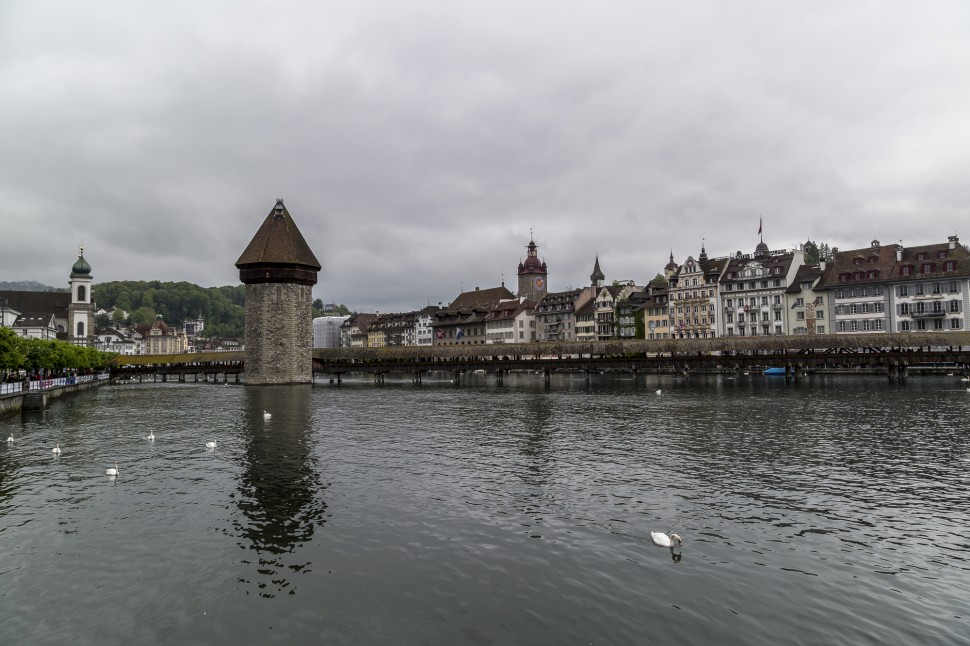
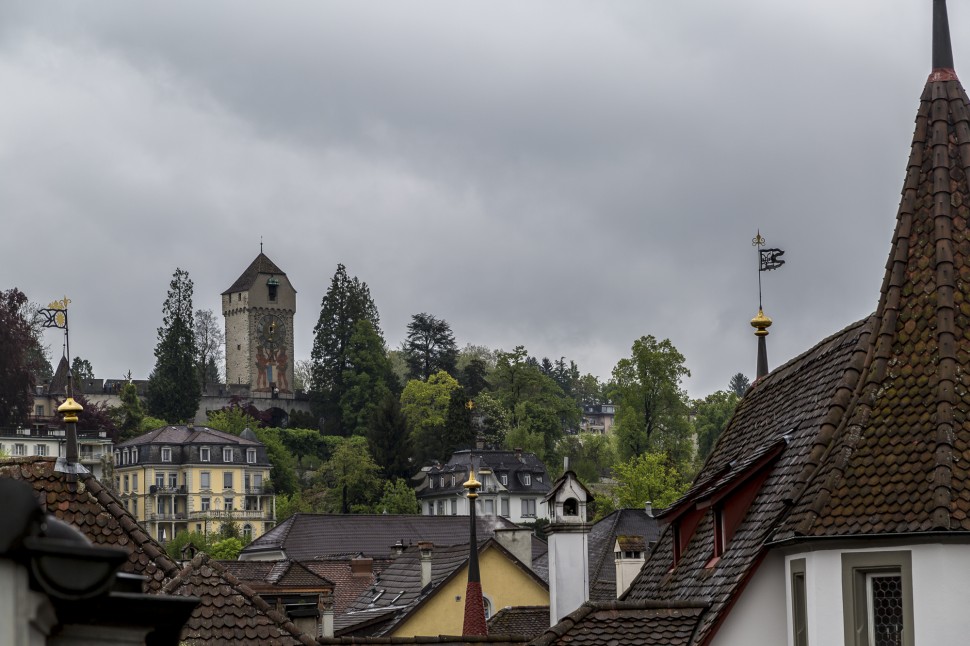
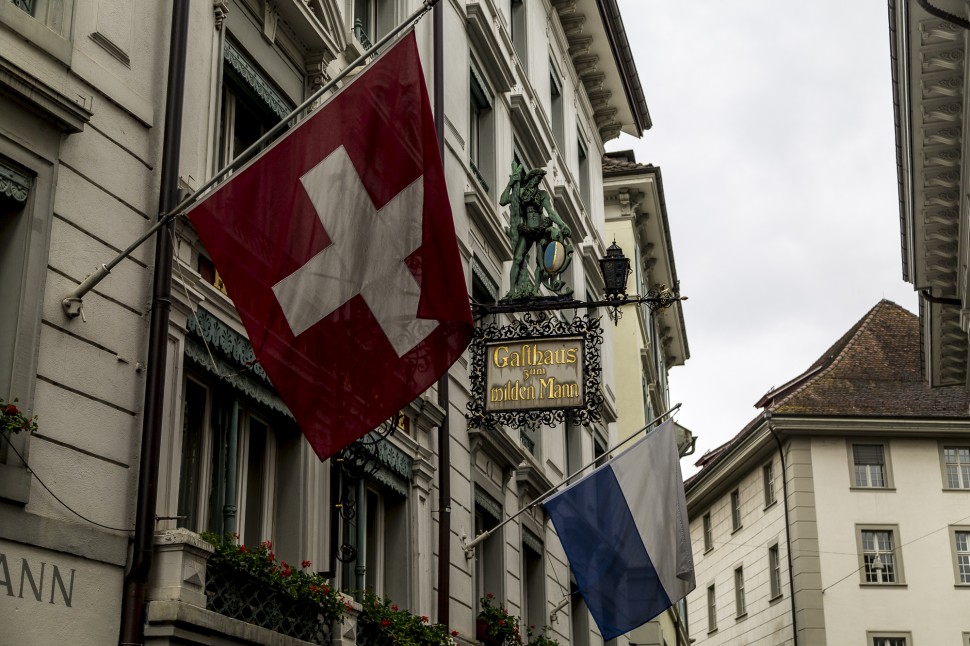
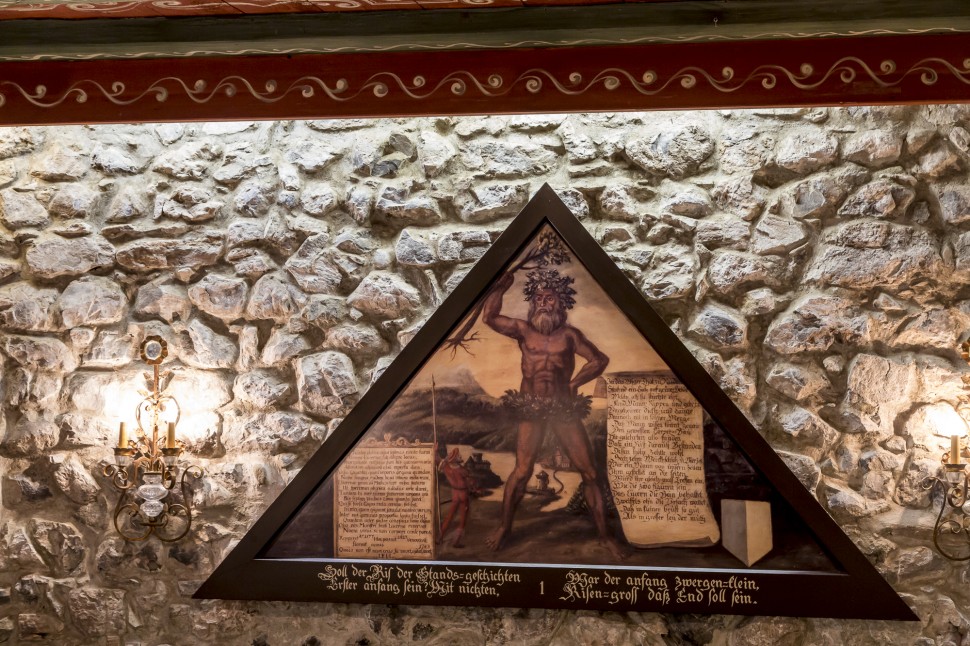
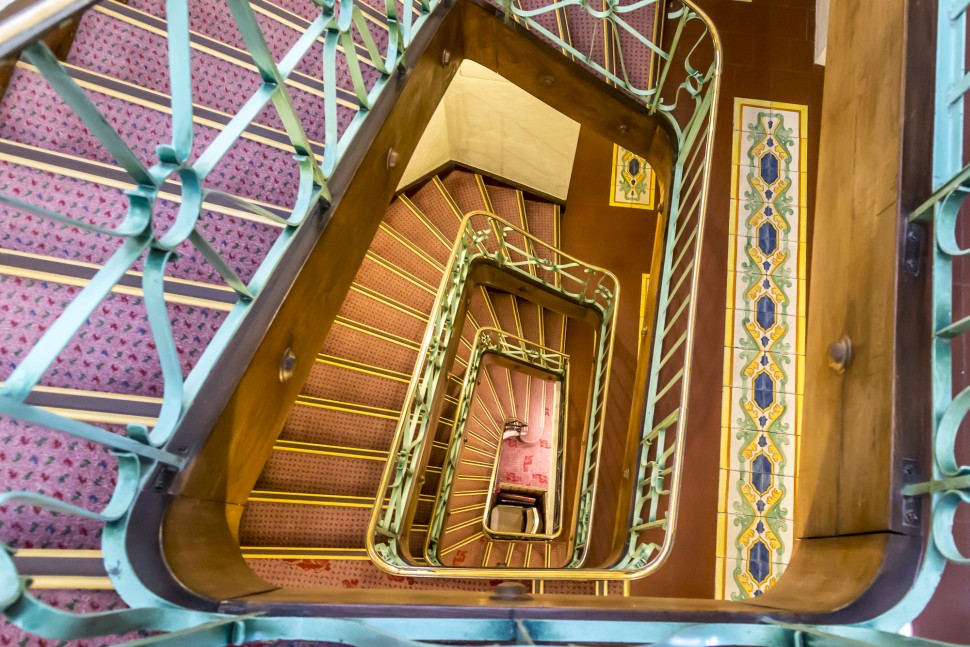
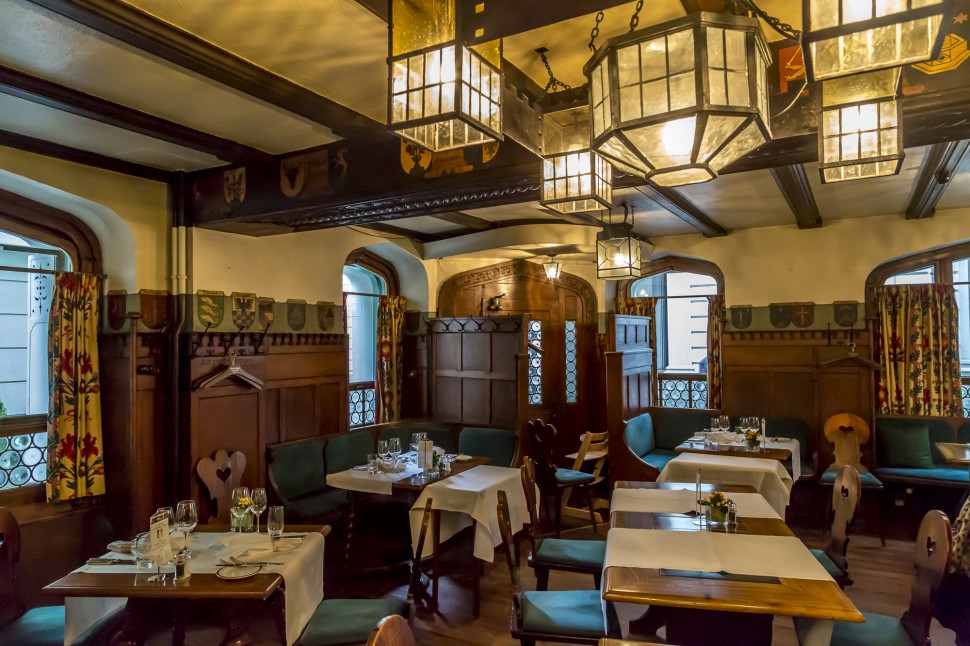
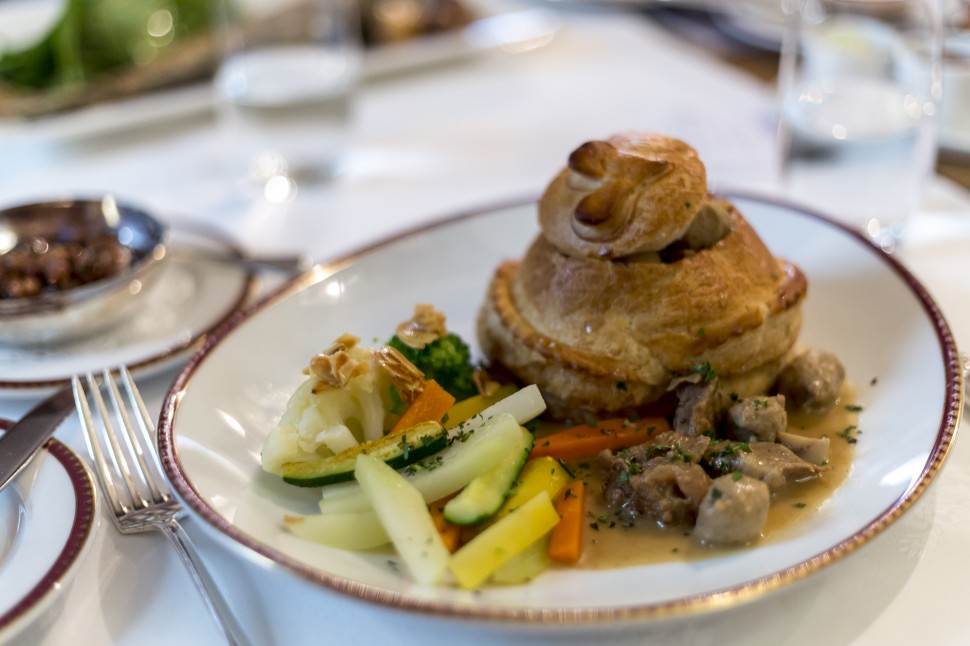
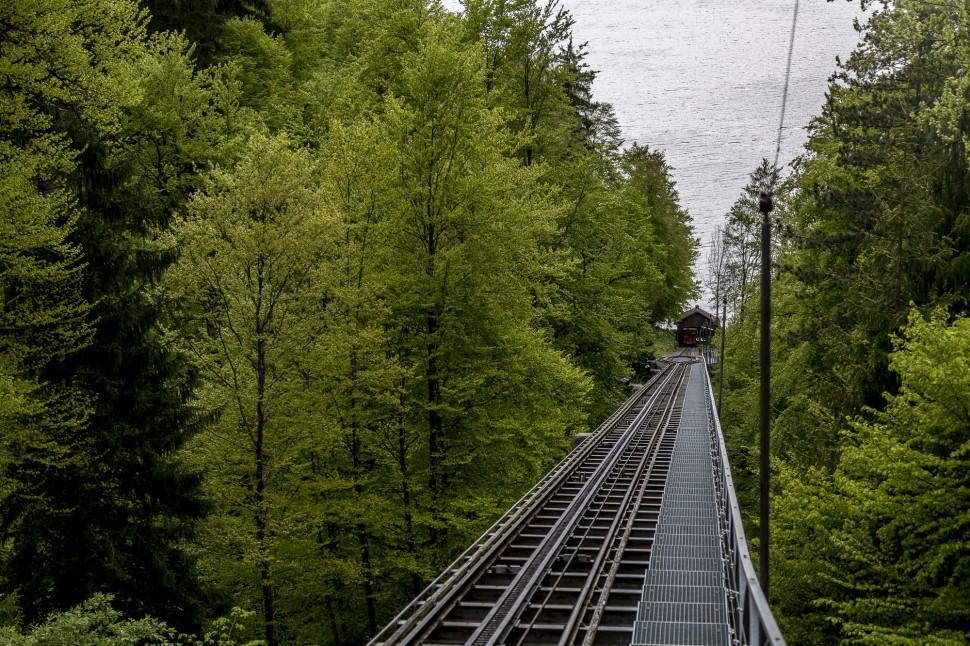
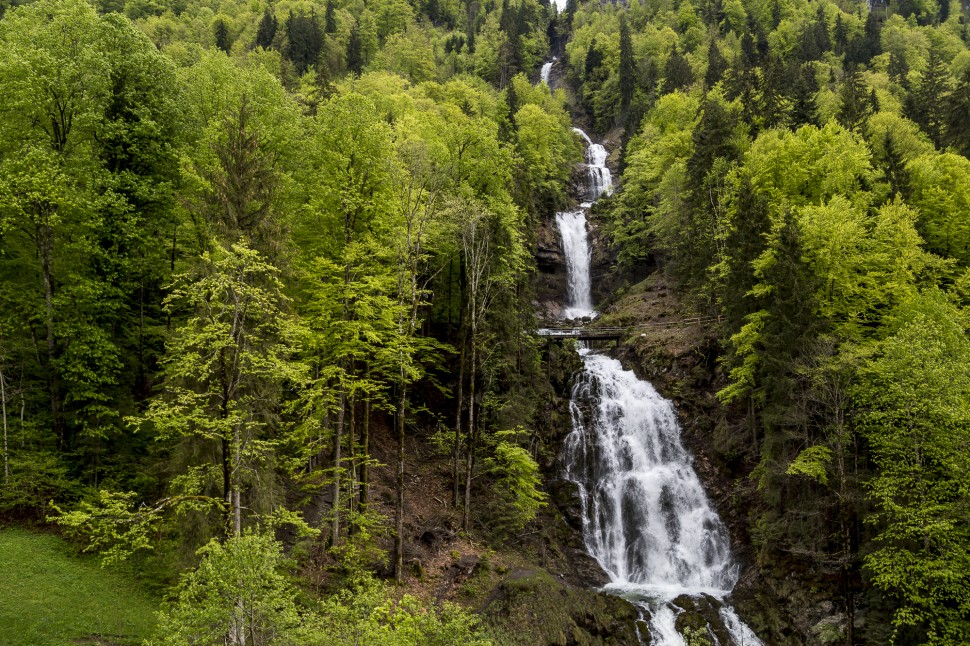
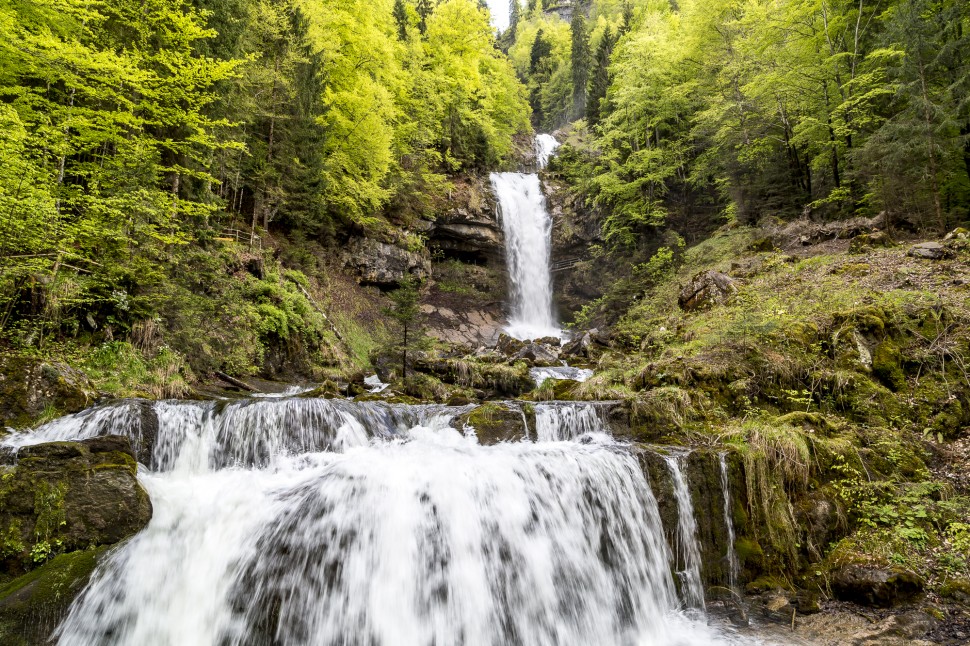
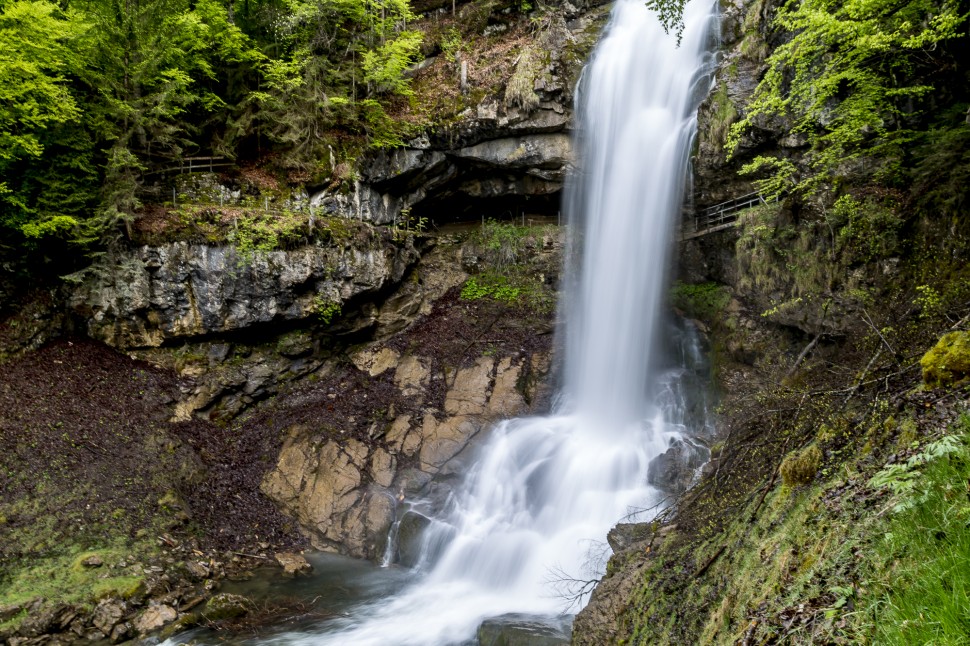


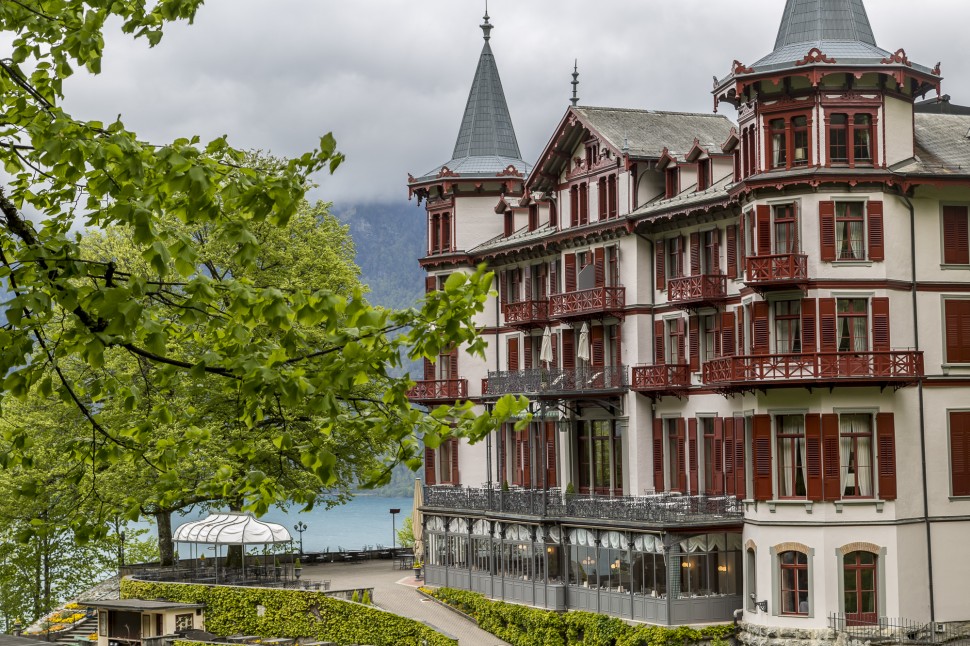
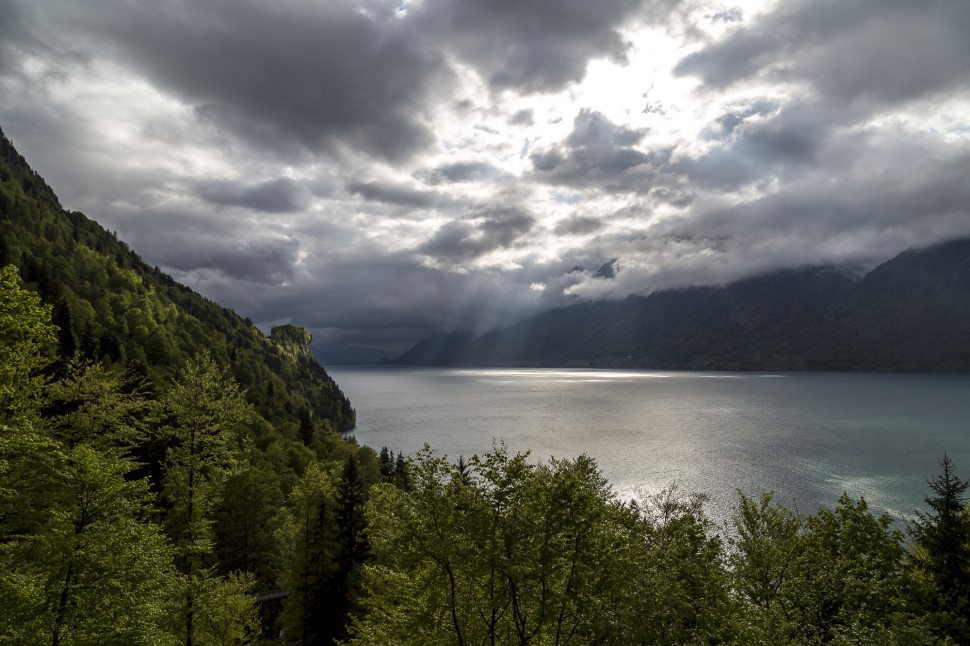
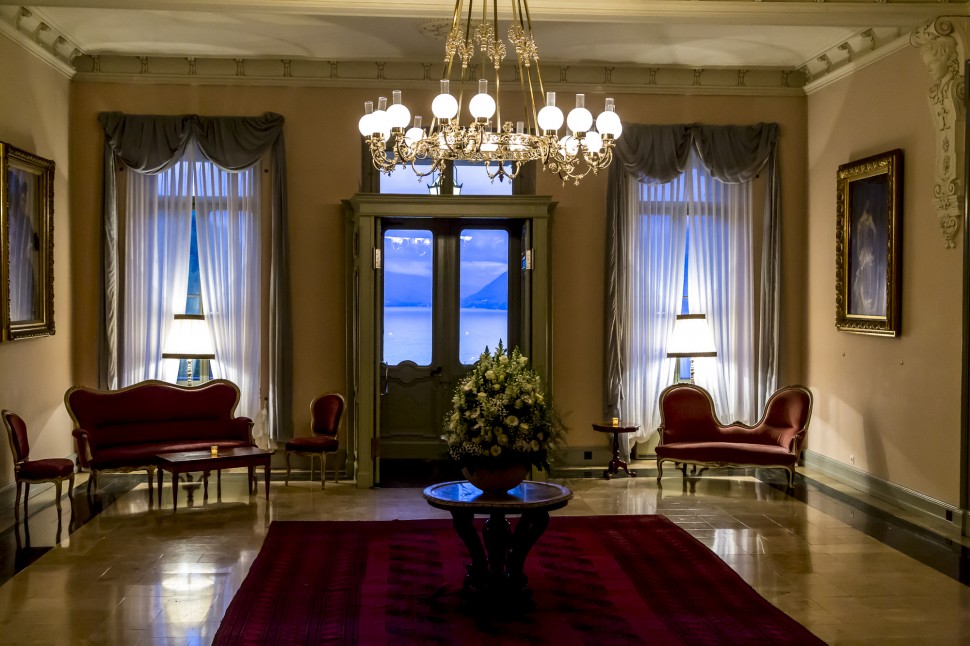
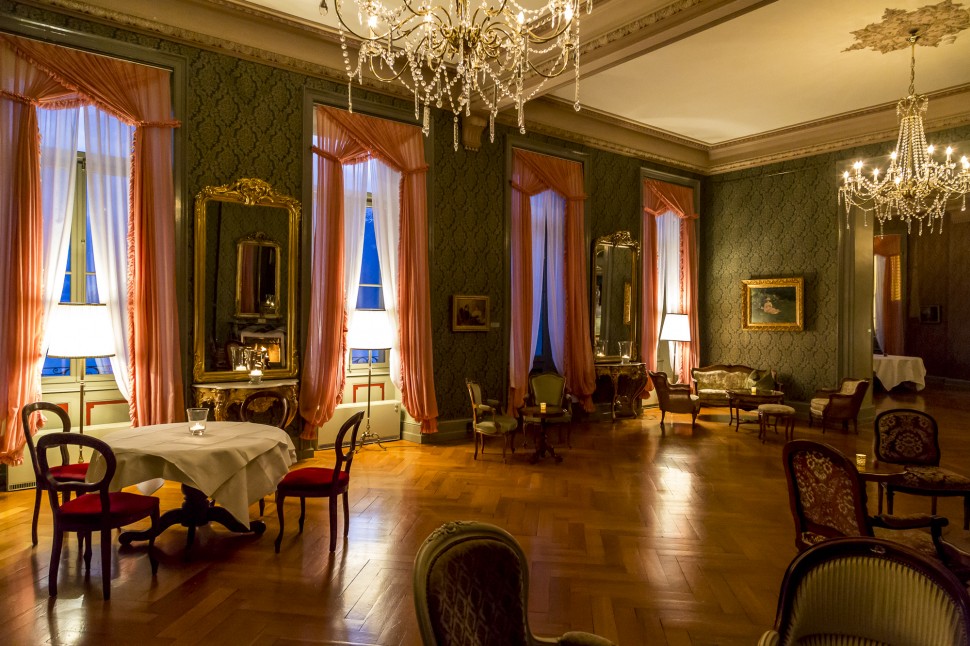
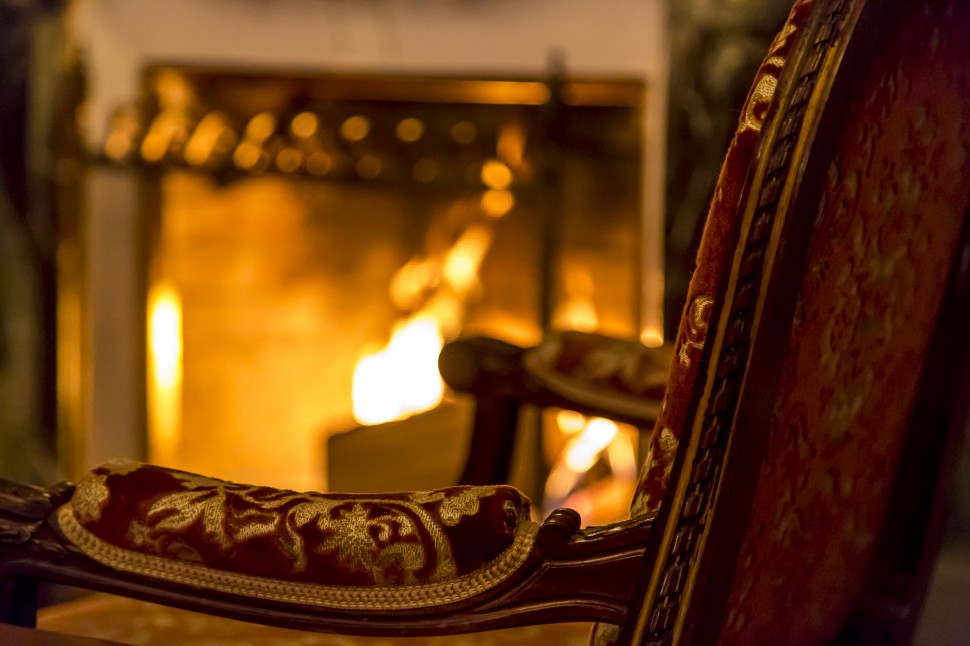
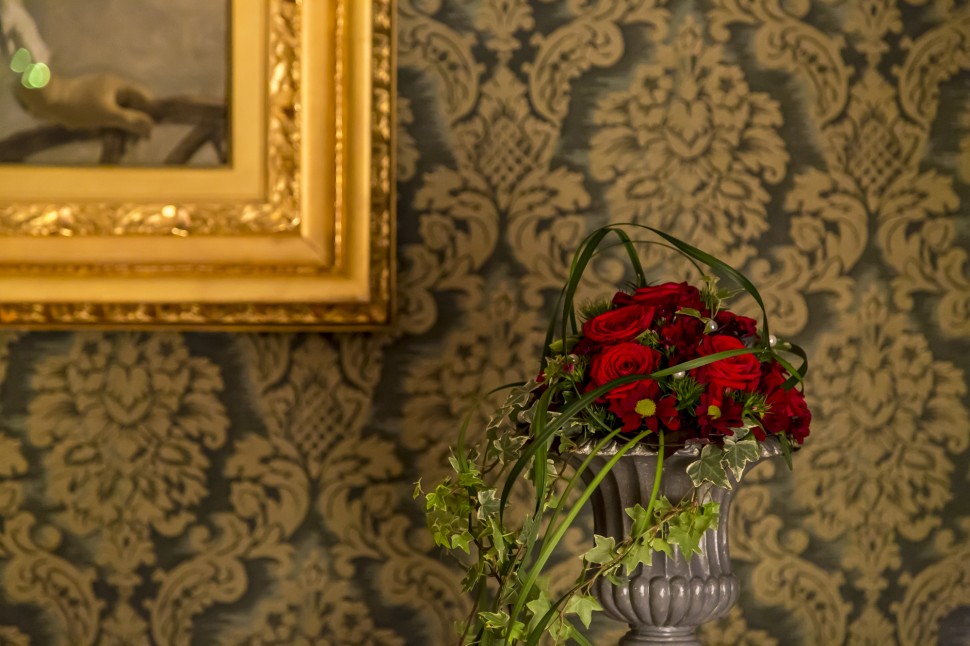
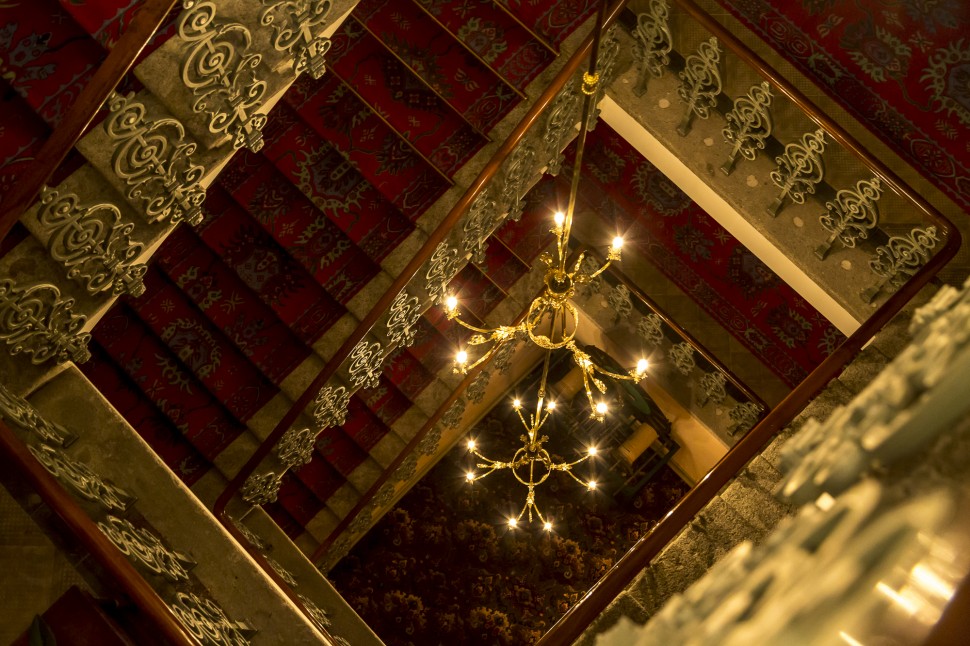
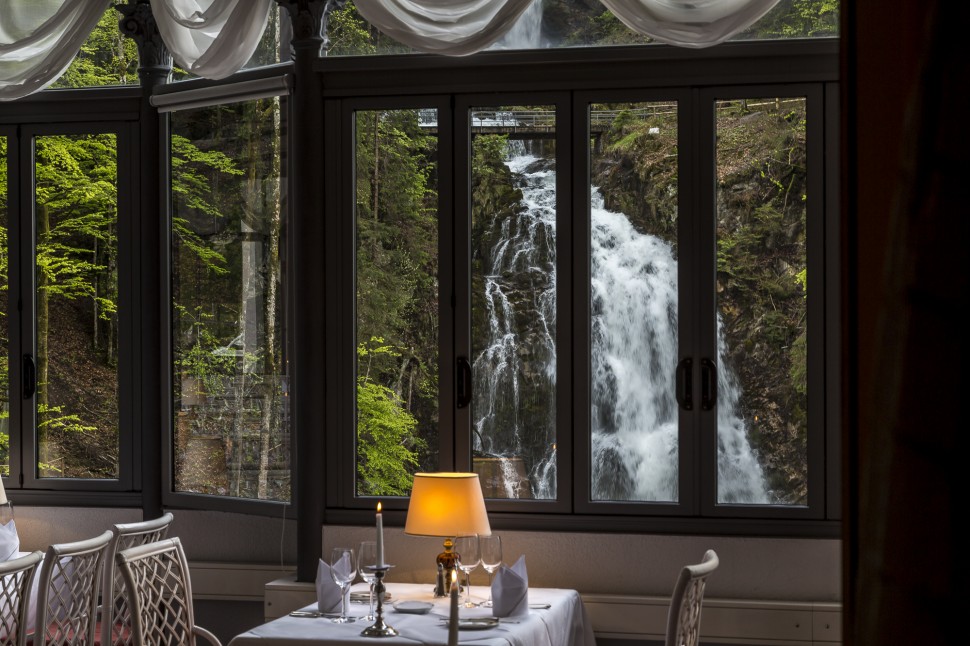
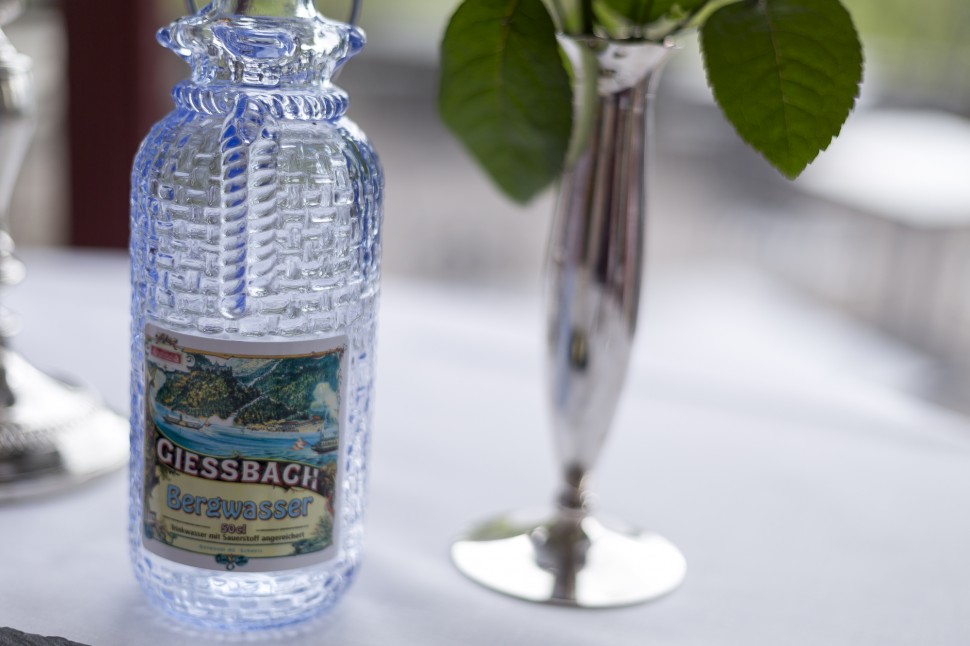
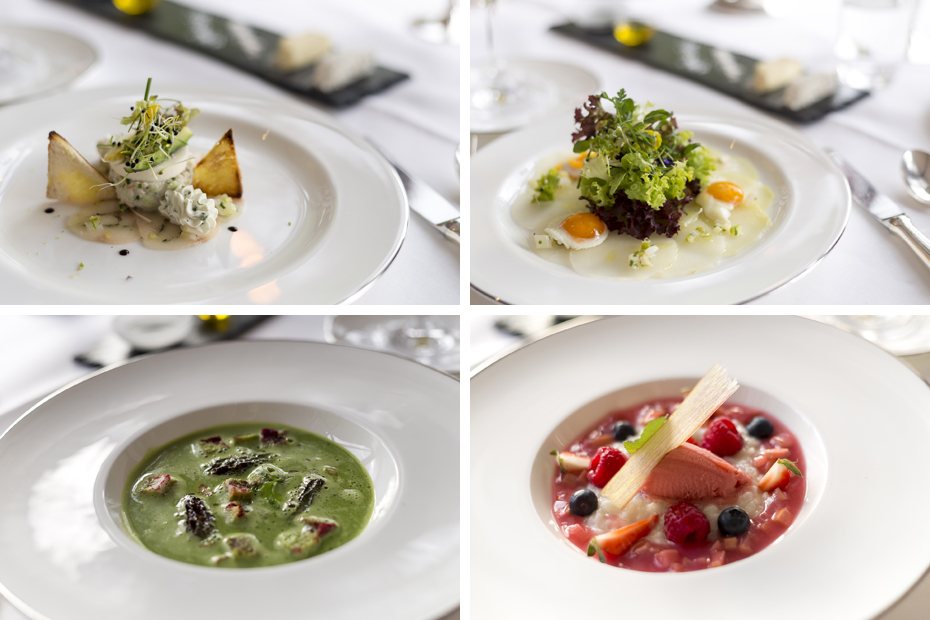
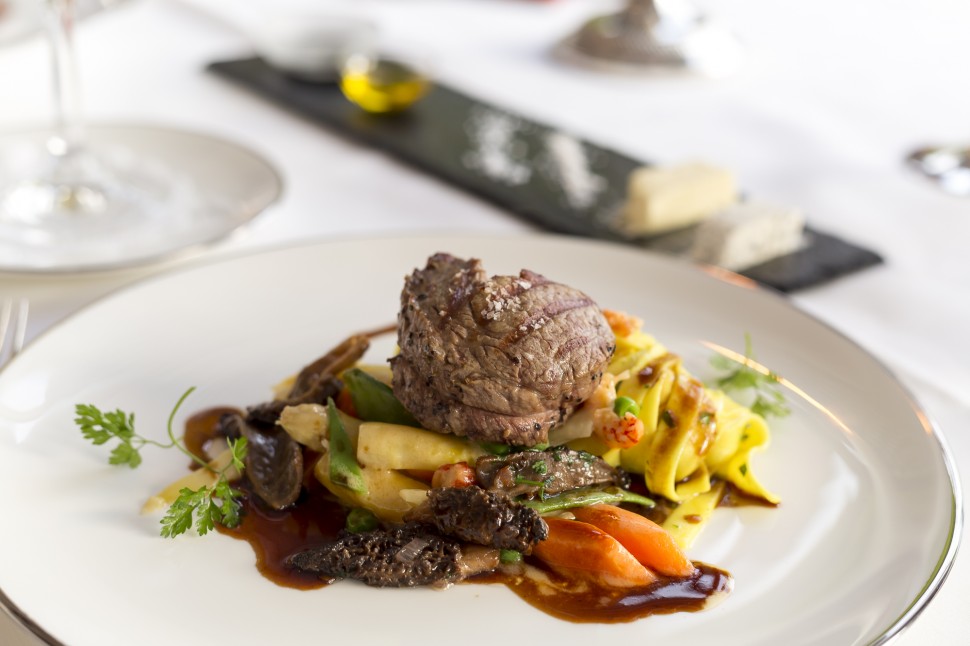

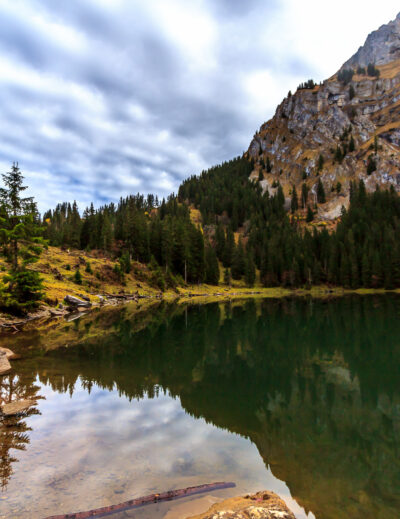
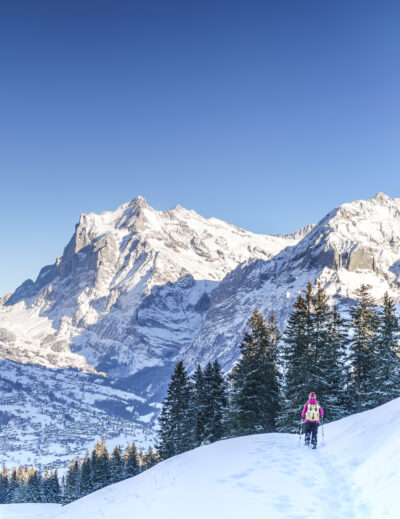
Leave a Reply